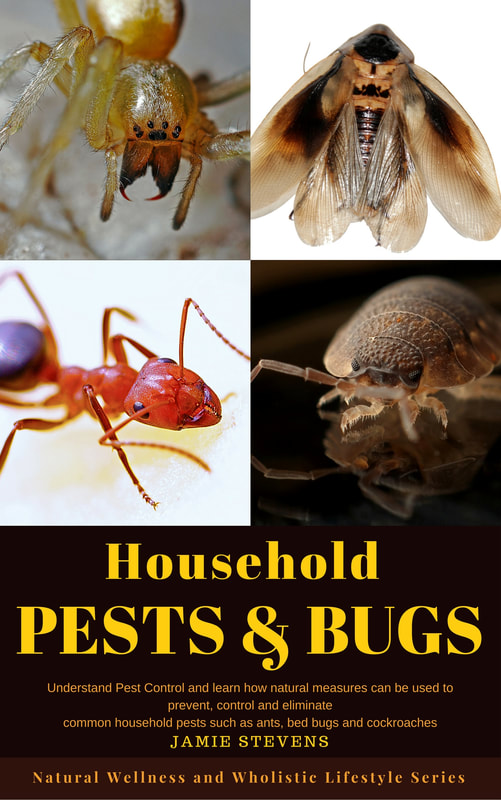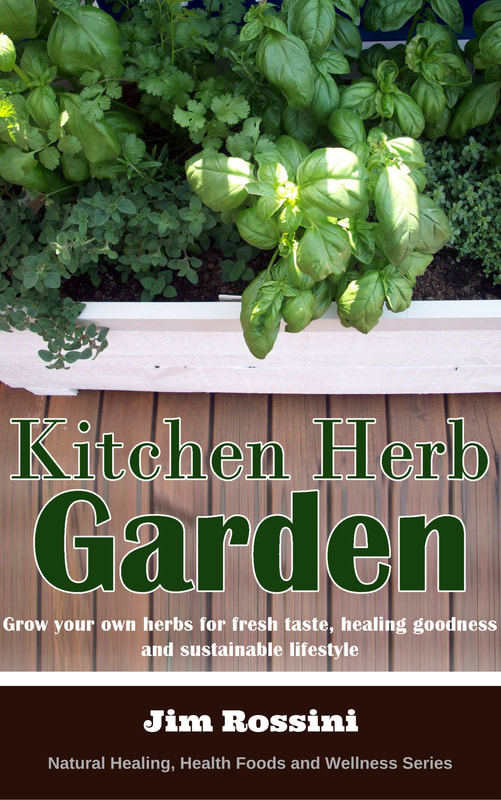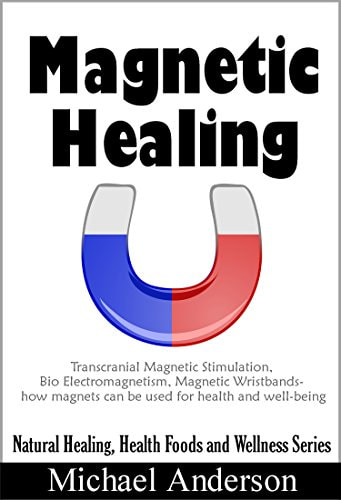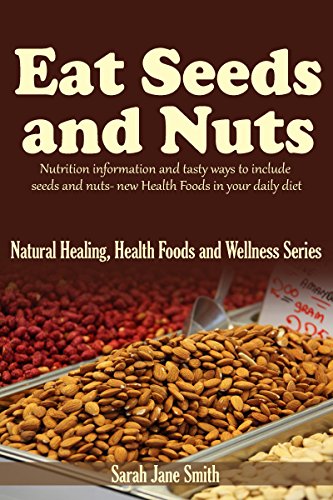Tiny homes come in various forms, including traditional houses built on foundations, homes on wheels, and other portable designs.
The tiny home movement has gained traction as a response to the increasing cost of housing, the desire to live a more minimalist lifestyle, and concerns about environmental sustainability.
Here is a look at some key aspects of tiny homes:
- Efficiency and Simplicity: Due to their small size, tiny homes are often designed to maximize the use of space. This might include multi-functional furniture, lofted sleeping areas, and creative storage solutions.
- Affordability: Tiny homes typically cost significantly less than traditional homes, making them an attractive option for those looking to save money or reduce debt.
- Sustainability: Many tiny home owners are drawn to the reduced energy needs and the potential for a smaller environmental footprint. Some tiny homes are even designed to be off-grid, incorporating solar panels, composting toilets, and rainwater collection systems.
- Lifestyle Choices: Living in a tiny home can encourage a more minimalist lifestyle, with fewer possessions and a greater focus on experiences rather than material goods. This can foster a sense of freedom and reduce the time and resources spent on maintaining a larger living space.
- Legal and Zoning Challenges: Building and living in a tiny home can be complicated by local building codes, zoning regulations, and other legal restrictions. In some areas, it may be challenging to find a legal place to park or build a tiny home.
- Community: The tiny home movement has led to the creation of tiny home communities in some areas, where people who share similar values and lifestyles can live in proximity to one another.















